Holloway Prison opened in 1852 as a mixed-sex prison but became a female-only prison due to a growing demand for space for female prisoners. Find out more.
HOLLOWAY PRISON: 1852 to 1971
The Prison’s male inmates were moved to Pentonville, Wormwood Scrubs and Brixton prisons.
The original Prison building was based on radial design which aimed to keep inmates separate but easily observed at all times. The building was described as an imposing Victorian structure (called the Castle) built as a ‘Terror to Evil Doers’.
When Holloway Prison first opened it could only accommodate 60 female prisoners, but when the male inmates left in 1902, new wing extensions meant that the building could hold 949 women with a later wing extension allowing for a further 101 prisoners.
The Prison held a number of notable inmates during this period, from Duchesses to fascists and spies. The suffragettes were also imprisoned on the site, many committing to hunger strikes as they continued their campaigning from within the Prison walls.
Public hangings ended in the UK in 1868 and moved inside prisons, including Holloway. A total of five judicial executions by hanging took place at Holloway Prison between 1903, including the last woman to be executed in the UK, Ruth Elis, in July 1955.
Little remains of the original Holloway Prison apart from a small selection of objects held in the Museum of London’s Social Working History collections store. These include the bell hung in the gatehouse of Holloway Prison yard, which was rung to summon the prisoners to work and exercise.
HOLLOWAY PRISON: 1985 to 2016
Holloway Prison was completely rebuilt between 1971 and 1985 on the same site.
The new prison reflected a desire to move away from the Victorian justice system. It was designed to feel different to a traditional prison, with accommodation grouped around a number of attractive green spaces, and cells along corridors rather than wings to provide greater privacy. The new building also included classrooms, a swimming pool and a sports hall. The aim was to provide better facilities for the treatment of women in prison.
Despite the good intentions for the new design, the building proved to be difficult to manage. The last inspection of the prison concluded that the “the size and poor design make it a very difficult establishment to run”. The Chancellor of the Exchequer, George Osborne, announced in his Autumn Statement on 25 November 2015 that the prison would close and would be sold for housing. Holloway Prison closed in July 2016, and the prisoners were moved to HMP Downview and HMP Bronzefield, both in Surrey.
The sale of the Holloway Prison site by the Ministry of Justice forms part of a wider programme of prison reform – the Prison Estate Transformation Programme. The prison reform programme involves £1.3billion of investment to modernise the prison estate and support rehabilitation.
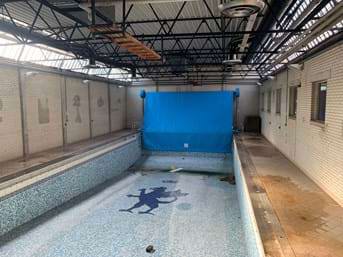
The former swimming pool
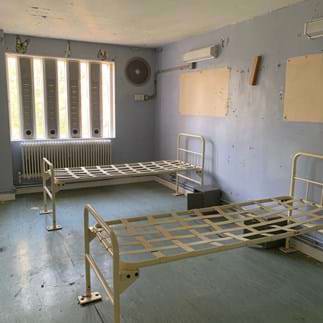
The Prison building
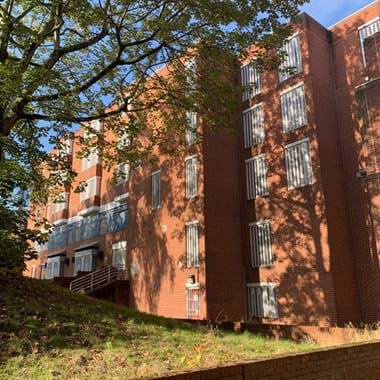
The Prison cells
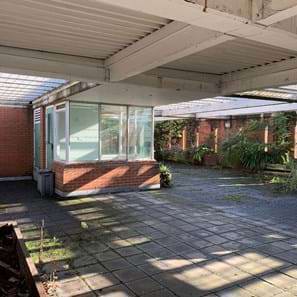
The roof garden
Art, projects & publications
You can find more information on the history of Holloway Prison, its inmates and those that worked there, plus some of the art projects inspired by the Prison by clicking on the following links:
- Islington Museum’s Echoes of Holloway Prison project
- Islington Museum’s Echoes of Holloway Prison exhibition boards
- Recorded in Art – Holloway Women’s Building Game
- Recorded in Art – Memories of HMP Holloway
- Recorded in Art – Postcards from Prison Diary
- Reclaim Holloway
- Judy Price, The End of the Sentence Exhibition
- Holloway Prison: History and Health Exhibition
- Bad Girls: The Rebels and Renegades of Holloway Prison by Caitlin Davies
You can search the Holloway Prison archives, as well as other sources using the London Metropolitan Archive online catalogue via the links below:
- Holloway Prison – Reference CLA/003
- Clerkenwell Magistrates Court (previously known as Clerkenwell Police Court) – Reference PS/CLE
- Marlborough Street Magistrates Court (previously known as Marlborough Street Police Court) – Reference PS/MS
- Marylebone Magistrates Courts (previously known as Marylebone Police Court) – Reference PS/MAR
Memories of HMP Holloway
Memories of HMP Holloway brings the lives of the residents and staff to light, giving a unique perspective of the reality and challenges that incarceration poses.
The collection of drawings is based on photographs taken of the prison in it’s current condition, drawn over with scenes across various locations.
Memories of HMP Holloway are available to buy as signed, high-quality prints by artist Erika Flowers from www.recordedinart.com/store
All drawings are credited to artist Erika Flowers. Please see more of Erika’s own award-winning artwork here.
Much of Erika’s award-winning work has been in collaboration with or awarded by Koestler Arts and The Magistrates Association.
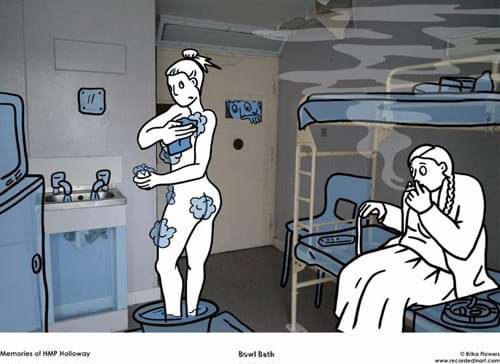
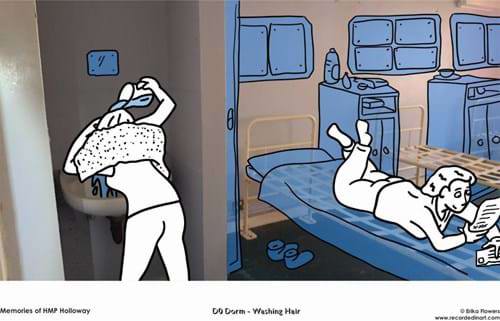
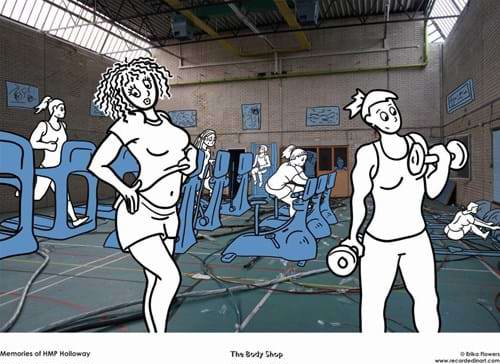
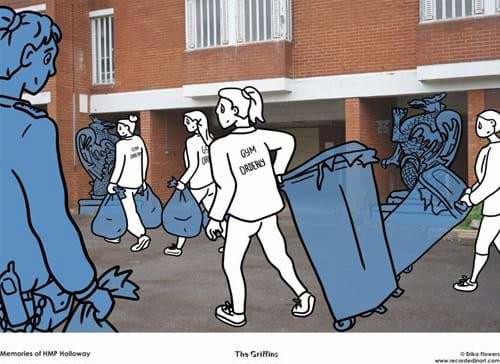
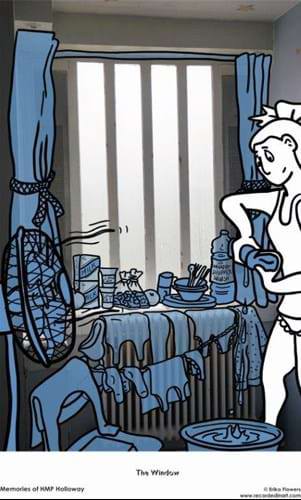
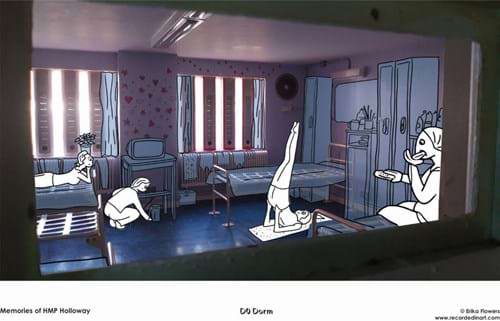
The closure of HM Holloway Prison
The closure of HM Holloway Prison was announced in November 2015 by the Chancellor of the Exchequer, George Osborne. The reasons given for its closure were that its design and physical condition did not provide the best environment for the rehabilitation of offenders and that “the size and poor design make it a very difficult establishment to run”.
Peabody purchased HM Prison Holloway from the Ministry of Justice in March 2019. Since this we have been working with our development partner, London Square, on our emerging development proposals, with discussion ongoing with both Islington Council and the GLA.
Islington Council produced the Holloway Prison Site Supplementary Planning Document (SPD) in response to the prison closure. This document provides detailed guidance for the site and will be a material consideration for any planning application. Islington Council consulted local residents, individuals and organisations on the SPD in Spring 2017 and again between August 2019 and October 2019. It was adopted by Islington Council in January 2018.
The Holloway Prison Site Supplementary Planning Document (SPD) is available on Islington Council’s website.
Informed by the key planning and development objectives outlined in the Holloway Prison Site SPD, the site’s unique opportunities and constraints, as well as initial feedback from the community, Peabody’s aspiration is to deliver the following:
- A range of high-quality new homes, including smaller 1 and 2-bedroom flats and larger 3 and 4-bedroom family-sized homes.
- A range of typologies, including flats and townhouses, to bring variety and meet local housing need.
- A policy-compliant provision of genuinely affordable housing as a minimum, including homes at social rent level.
- Each home will have access to private amenity space, such as a garden, balcony, or terrace.
- A new public park.
- A variety of high-quality play spaces.
- New pedestrian and cycle routes.
- Meanwhile uses to make the best use of the vacant site. This includes a temporary homeless shelter in the former Visitors’ Centre open in partnership with Islington and Camden Councils’ and local homelessness charities. As the Coronavirus (COVID-19) situation has evolved the homeless shelter has closed due to government guidance. The shelter will reopen when the government guidance changes.
- A Women’s Building.
- Ground floor active uses along Parkhurst Road and Camden Road to provide a vibrant street frontage.
- Specialist housing for older people.

Virtual tour
Explore the former Holloway Prison site by taking part in our virtual tour. Click on the photographs below to transport yourself to different areas of the former Prison site and use your mouse to navigate around the images. The tour is best experienced in fullscreen mode - you can click on the square icon on the top right of the box below to expand your screen.
Prison gallery
Explore the former Holloway Prison site by browsing our gallery of images below.









































